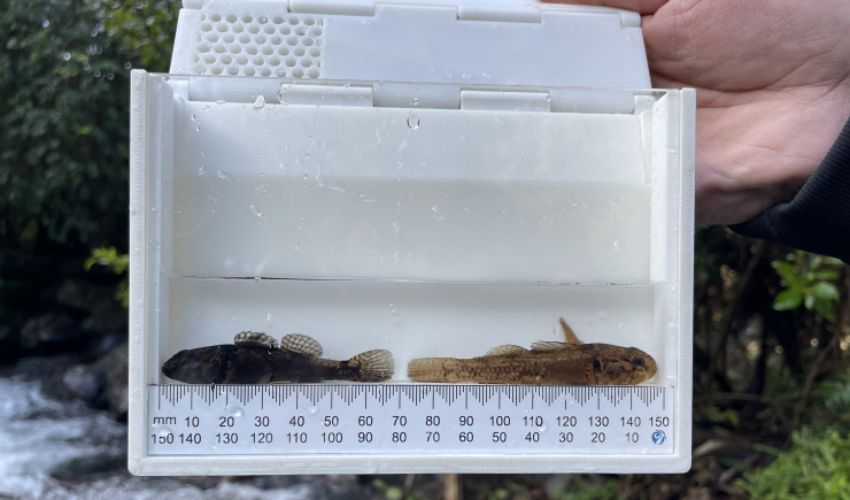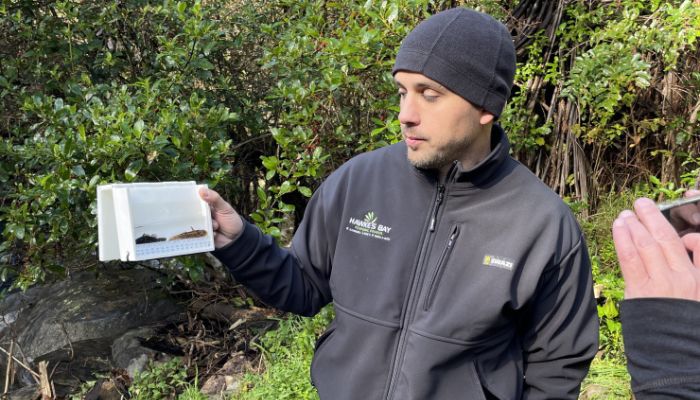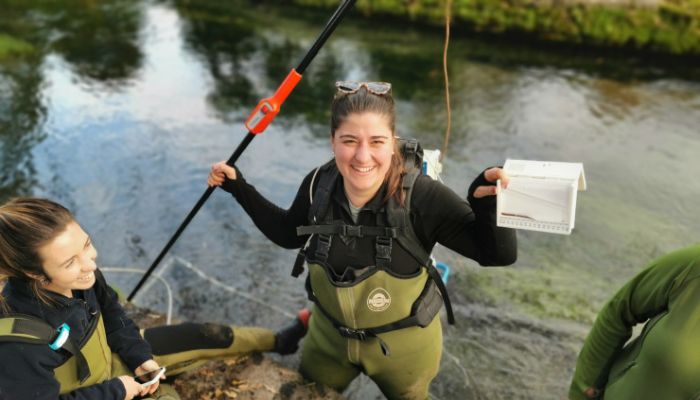Saving Endangered Fish in New Zealand With 3D Printing

Due to overfishing, pollution, habitat degradation and other environmental concerns, marine species are more threatened than at any point in human history. Ranging from whales and dolphins to sea turtles to sharks and other fish, nearly 10% of marine life is threatened with extinction, with the number growing every day. And though it is a global problem, each country has its own challenges. Take for example New Zealand, where 76% of the 51 indigenous freshwater fish species are threatened with extinction or at risk of becoming threatened. To address this major threat, the National Institute of Water and Atmospheric Research, a Crown Research Institute started in 1992, has turned to an innovative solution: 3D printing.
When we think of New Zealand, we often think of the majestic mountains and beautiful scenery across the country. But it has been wracked with environmental concerns in recent years, with threats to native plants, animals and ecosystems especially mentioned as a priority issue. This includes of course NIWA’s efforts to help native fish species, namely through education, data gathering and of course research. This helps researchers to understand how to identify and protect the species. But how does 3D printing come in?

Andre Magdich (HBRC) shows the NIWA Fish & macroinvertebrate Photarium (photo credits: Cindy Baker, NIWA)
Using 3D Printing to Save Endangered Fish
Well, it all comes down to a small plastic rectangular box called a Photarium. Though on the outside it may seem unimpressive, they are indispensable tools for safely observing live fish in the fish in the field. This is because the box integrates a clear side and built-in ruler to allow fish to be studied without handling or having to be taken out of the water. Additionally, it blocks light to help reduce stress for the fish during transportation. The problem is that currently Photariums are only made in the US and not shipped to New Zealand.
This is where 3D printing came to the rescue. Thanks to a recently-acquired, industrial-grade 3D printer, NIWA Freshwater Ecologist Peter Williams was able to develop and produce his own Photarium. Due to the flexibility of 3D printing, he was able to develop a high-quality version of the tool that is adapted and modifying for sampling small fish species and which can be adapted for specific needs. Including the integration of a closing top lid to prevent climbing fish from jumping out and a mesh hatch cover to allow for topping up of the water level. Williams expands, “The beauty of the 3D printer is it allows NIWA to produce Photariums on demand and to keep improving our design based on what we discover while using them in the field.”

India Hamill (Marlborough District Council) holds a Lamprey & elver Photarium (photo credits: Marlborough District Council)
And so far it’s been successful. In a press release from NIWA, it is noted that the Phatrium can improve fish identification while allowing for collection and release with minimum handling and without the use of anesthetics. Thus helping to reduce not just stress but mortality in fish. This then allows the observation of these endangered fish in all stages of development. This success has led to NIWA receiving over 70 orders for its Photariums from regional councils, rūnanga, DOC, and education groups across New Zealand. You can find out more in the press release from NIWA HERE.
What do you think of the use of 3D printing to help save endangered fish in New Zealand? Let us know in a comment below or on our LinkedIn, Facebook, and Twitter pages! Don’t forget to sign up for our free weekly Newsletter here, the latest 3D printing news straight to your inbox! You can also find all our videos on our YouTube channel.
*Cover Photo Credits: Cindy Baker, NIWA






